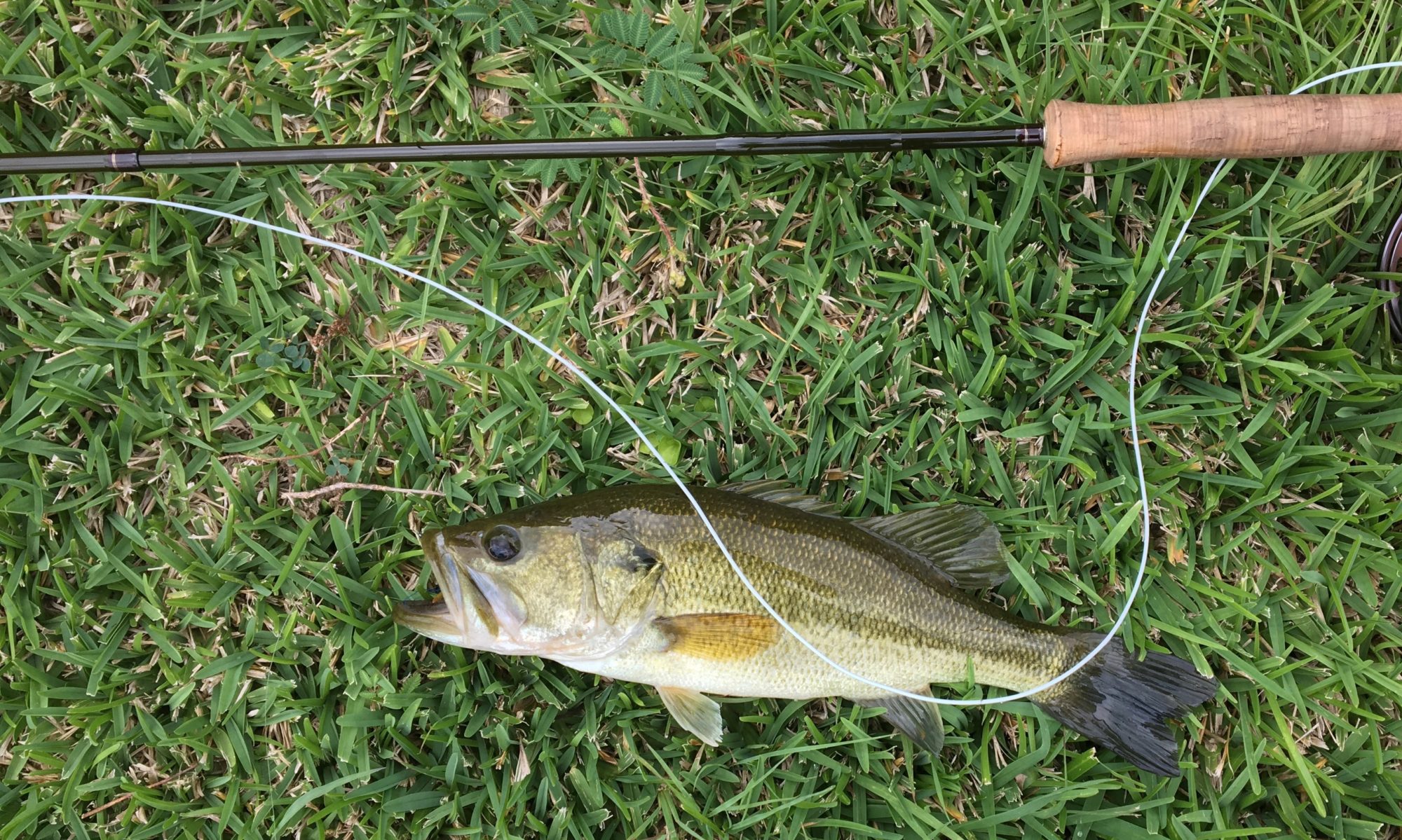I remember the first time I saw Kris. She walked past and I couldn’t believe how pretty and bright and lively she was. It worked out well, too.
I also remember the first time I saw the Hotel Monteleone. I was at a tax and securities law conference at the Marriott on Canal, and walking down Royal I saw the prettiest, brightest, liveliest hotel I’d ever seen. I wondered why I wasn’t staying there. Every time I’ve been to New Orleans since I’ve tried to book the Monteleone, but it’s always full. I thought maybe this would be a final trip to New Orleans, we have so many places to go to get 50 fish, so I made a special effort to get the right restaurants and a reservation at the Monteleone.
The restaurants were great. The Monteleone not so much.
Like I said, the restaurants were great. We had Beignet Friday morning at Morning Call in City Park, which has altogether better beignet than Cafe du Monde. That didn’t stop us though from buying beignet at the Cafe du Monde early the next two mornings, because their beignet is pretty good too. Morning Call put us near the New Orleans Museum of Art, which has a good early Italian art collection, a good collection of moderns, and an El Greco. It was time well spent.

We ate lunch late, around 3, at Willie Mae’s Scotch House in the Treme. I may never go to New Orleans again, but if I do it will include Willie Mae’s Scotch House. That’s some great fried chicken, and we were smart enough to order extra for the next day’s fishing. Fried chicken is even better cold. Dinner Friday night was at Commander’s Palace, old school. I had pecan-crusted black drum and the turtle soup–exactly what I’d have had at Brennan’s in Houston, so it felt very homey. I have to say, the service is even better in New Orleans. I wore a jacket because, well, that’s what one does at Commander’s Palace.

Dinner Saturday was at La Petite Grocery. I had the triple tail. I’m still working on my 50 fish dinners, but I’m collecting them faster than my 50 fish. Mostly the rest of the time we fished, except of course for the dozen raw at Felix Oyster Bar.

We have a friend who is a bona fide oysterologist, complete with PhD, and anticipating this trip I asked him about oysters in August. He said that the problem with oysters in summer wasn’t that they were more dangerous, eating raw oysters is always risky, but that I would probably be ok if I was otherwise reasonably healthy. Oysters aren’t particularly safer at 60° than they are at 80° (though I guess the danger of spoilage is less). The problem with summer oysters is that oysters spawn in the summer.
Oysters broadcast spawn, like tarpon, except that they have neither fins nor feet, so they aren’t traveling to spawning grounds. They’re either in bed together or they ain’t. When summer comes around and the oysters are fat and lusty they broadcast their boy stuff and their girl stuff to make baby oysters, and oyster sex leaves them flat and limp and altogether less satisfying than the cool-weather, non-spawned, pre-orgasmic oysters. But flat and limp or fat and lusty I still had a dozen at Felix, and so far I’m not dead yet. They were also pretty great, and at Felix I didn’t have to stand in line at Acme Oyster House across the street. Pro tip from my daughter.
I also had a shopping spree at Faulkner House Books which isn’t a restaurant, but I had to prepare for my future trip to Mississippi, and where else does one buy Faulkner? I also bought some Eudora Welty who I’ve never read. Mississippi here I come.

But first the Monteleone. Some things just don’t work out the way you plan. The Monteleone is in the center of the quarter, a block off Bourbon Street, and for at least a half-dozen blocks the traffic is as bad as midtown Manhattan at rush hour. Then I had to circle the block because there was no place to park at the entrance. Toss in plenty of pedestrians, many with to-go cups and on the wet side of sober, and a brass band and my nerves were fried. The rooms are nice but small, and the Monteleone didn’t have coffee made at 5 am, which is unforgiveable. The Carousel Bar is famous, and big, but it’s hard to find a vacant chair at either bar or table. There are people everywhere.
You know what I want in a hotel? I want a quiet place. I want to go into the hotel bar and sit down and be welcomed from the moment I arrive. I want coffee at 5 am that I don’t have to make myself. I don’t want French Quarter tourist craziness in the hotel lobby, in the parking garage, or at the hotel entrance while I’m waiting on an Uber. I’m not cut out for the Monteleone. Next time the Columns.

And then of course I screwed up. I apparently made our reservation for Friday, not Friday and Saturday. When we got back to the hotel late Saturday afternoon we were locked out of our room.
Thank God.
We got on Hotels.com and got a room at the Roosevelt, Huey P. Long’s favorite hotel and a place we’d stayed before. It’s in downtown, on the edge of the Quarter, so outside the craziness. It’s got a good bar, the Sazerac, where I shouldn’t have stopped but did. It’s got bigger rooms. It’s got one of the great lobbies in hoteldom.
These were important life lessons. If you’re older than 30, don’t stay in the Quarter, no matter how bright and shiny that face. And don’t think you won’t ever return to New Orleans. And go ahead with the dozen raw.


















